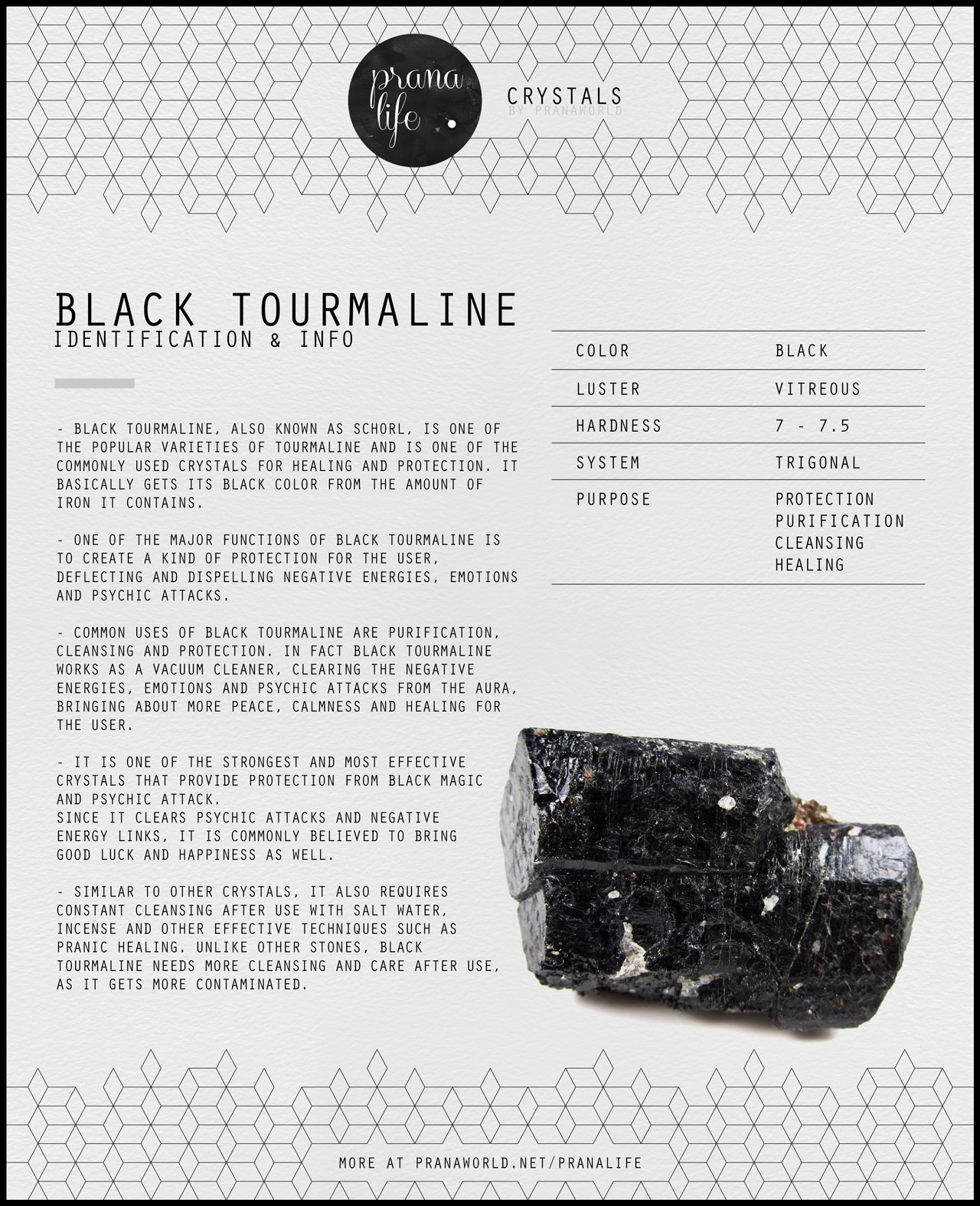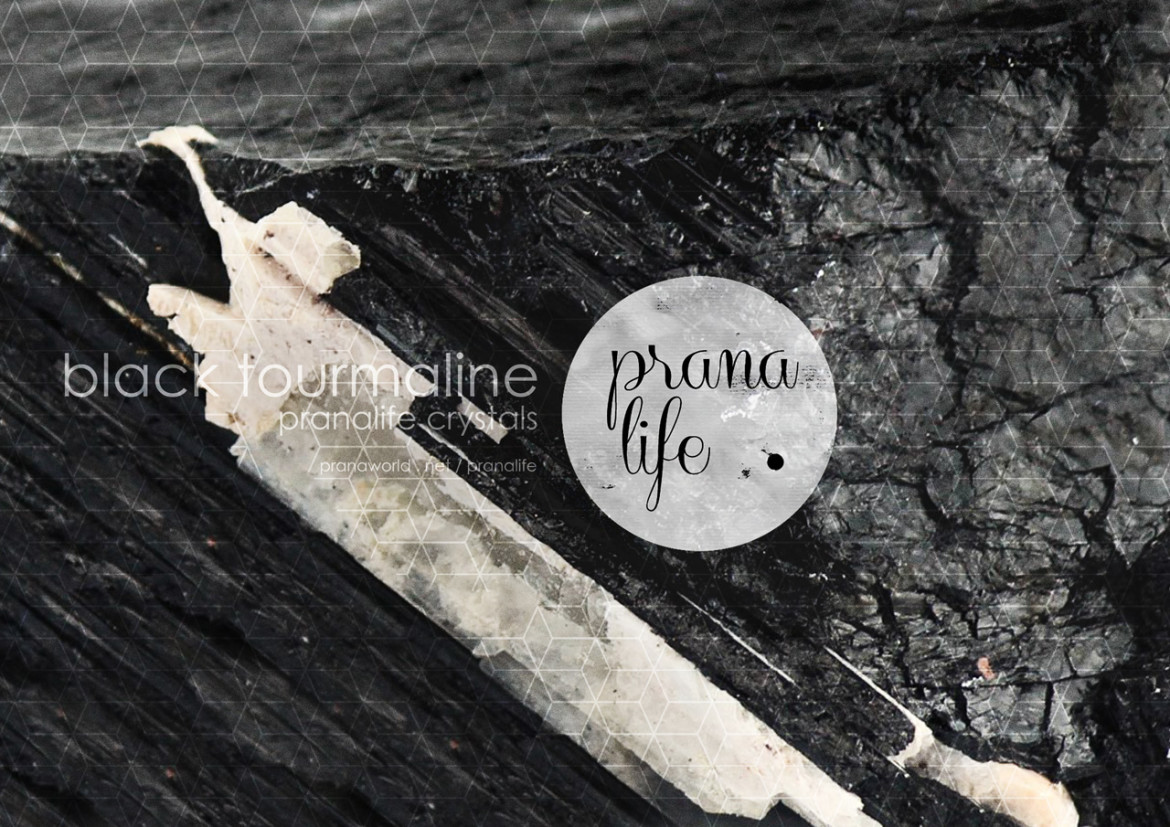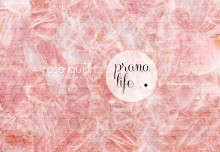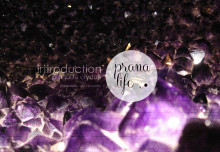Protect Yourself!!!
Black Tourmaline, also known as Schorl, is one of the popular varieties of tourmaline and is one of the commonly used crystals for healing and protection. It basically gets its black color from the amount of iron it contains.
It is believed that black tourmaline was widely used by ancient magicians as a method of protection from earth demons as they cast their spells. Today, still one of the major functions of black tourmaline is to create a kind of protection for the user, deflecting and dispelling negative energies, emotions and psychic attacks.
Common uses of black tourmaline are purification, cleansing and protection. In fact black tourmaline works as a vacuum cleaner, clearing the negative energies, emotions and psychic attacks from the aura, bringing about more peace, calmness and healing for the user. It is one of the strongest and most effective crystals that provide protection from black magic and psychic attack.
Since it clears psychic attacks and negative energy links, it is commonly believed to bring good luck and happiness as well.
Similar to other crystals, it also requires constant cleansing after use with salt water, incense and other effective techniques such as Pranic Healing. Unlike other stones, black tourmaline needs more cleansing and care after use, as it gets more contaminated.
Black tourmaline is easy to identify by its shape and color. A single black tourmaline has curved triangular cross-section. Terminations are a low, even dome. It appears black, but if you hold the back tourmaline up to the light, it often takes on a brown or green tinge.
Schorl, or black tourmaline, is one of the most common species of the tourmalines. It accounts for about 95% of all tourmaline in nature. The application of the term “schorl” dates back to 1400s and is the name of a town in Germany, where black tourmaline was found in nearby tin mines.
Tourmaline belongs to the category of aluminum borosilicates with hardness of 7 to 7.5, mixed with iron, magnesium sodium, lithium, or potassium that decide the color of the stone. Tourmalines’ crystal pattern is hexagonal and can be found in various colors including red, yellow, pink, green, blue, violet, brown and black. Some researchers believe that its name “tourmaline” comes from an ancient Sinhalese word “turmali” meaning “a mixed color precious stone,” while some others think it is from the word “turamali” meaning “something small from the earth.”
Tourmaline if heated will be charged with one end positive and one end negative, allowing it to attract or repel particles of dust or bits of paper. ‘This property of pyroelectricity (from heat) or piezoelectricity (from pressure or rubbing) was known to Dutch traders who used the crystals to pull ashes from their meerschaum pipes, and they called them aschentrekkers or Ash Pullers.’ (Robert Simmons, 2007, p. 406) Chemists of the 19th century were using tourmalines as method of polarizing light; by shining rays onto a cut and polished surface of the gem.
Black tourmaline is mainly found in a number of places such as Pakistan, Australia, Brazil, Sri Lanka, Africa and the USA.


References
- Pamela Chase, J. P. (2002). Healing with Gemstones . Career Press.
- Robert Simmons, N. A. (2007). The Book of Stones: Who They Are and What They Teach. North Atlantic Books.
- Lilly, S. S. (2003). Crystal, Colour and Chakra Healing. Anness Publishing Ltd.
- Master Choa Kok Sui. (1998). Pranic Crystal Healing. Institute for Inner Studies Publishing Foundation.
- Black Tourmaline Meanings and Uses. (2009). Retrieved from Crystal Vaults: http://www.crystalvaults.com/crystal-encyclopedia/black-tourmaline
- Black Tourmaline. (2009). Retrieved from Healing Crystals: http://www.healing-crystals-for-you.com/black-tourmaline.html
- Draper, J. W. (1861). A textbook on Chemistry. Harper and Brothers.
0 Comments
Leave a reply
You must be logged in to post a comment.






